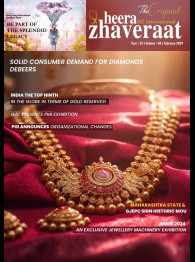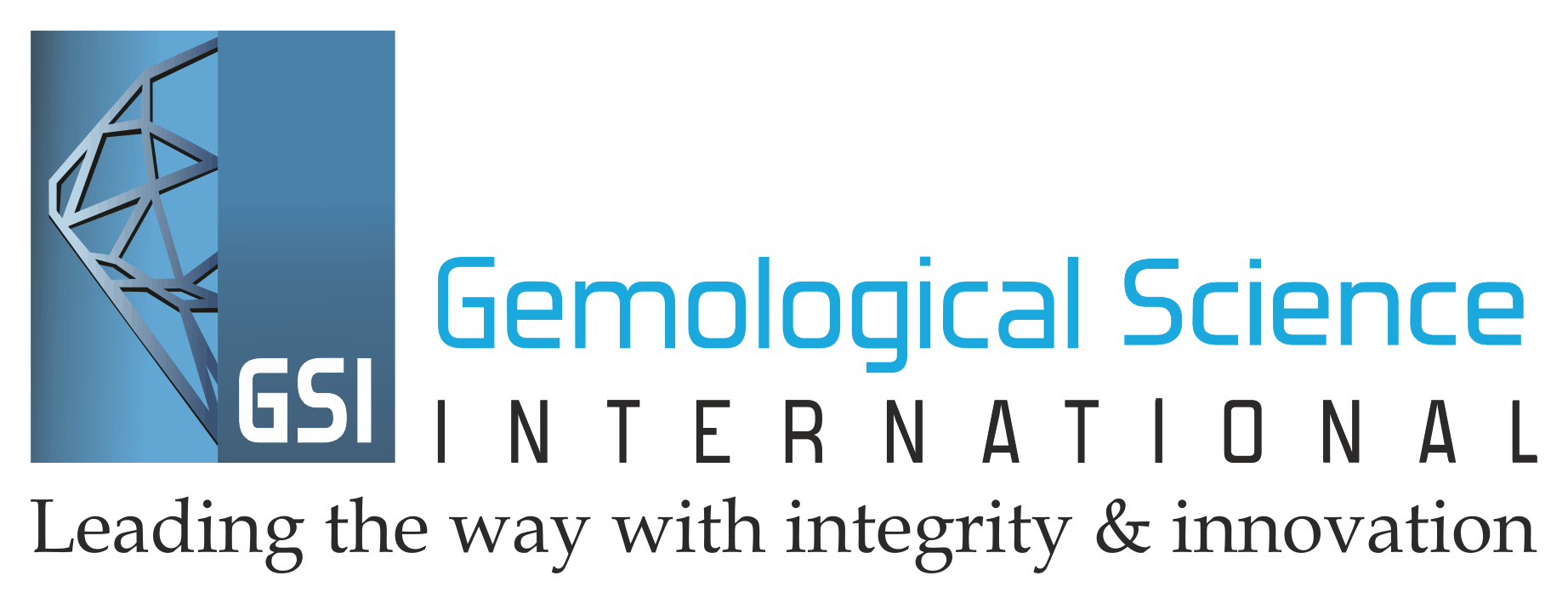News Bureau
Remain vigilant on undisclosed diamond!
 As the 2019 Intersessional Meeting of the Kimberley Process (KP) wrapped up on June 21 in the Indian city of Mumbai, WDC President Stephane Fischler expressed confidence that progress has been made in the effort to reach consensus on the review and reform of the Kimberley Process Certification Scheme (KPCS). He called on participants to agree on the measures necessary for strengthening the KPCS’s impact, both in improving the lives and prospects of communities in the mining areas, and also in meeting the expectations of consumers in the jewelry markets.
As the 2019 Intersessional Meeting of the Kimberley Process (KP) wrapped up on June 21 in the Indian city of Mumbai, WDC President Stephane Fischler expressed confidence that progress has been made in the effort to reach consensus on the review and reform of the Kimberley Process Certification Scheme (KPCS). He called on participants to agree on the measures necessary for strengthening the KPCS’s impact, both in improving the lives and prospects of communities in the mining areas, and also in meeting the expectations of consumers in the jewelry markets.
“What is essential is that, together, we send a clear signal to the outside world, including consumers, that the Kimberley Process remains a vitally relevant institution, which is able to evolve and adapt according to changing conditions. This must be the case at the upstream end of the chain of value, as it is at the downstream end,” he stated.
At the same time, said the WDC President, recognition of the need to reform should never detract from the very significant achievements the KP has achieved to date. Indeed, he stated, the WDC itself has been remiss in highlighting that developmental programs for artisanal miners that its members are currently involved in launching in places like Sierra Leone, Guinea, DRC and others would have been impossible were it not for the role of the KPSC in returning peace to these areas.
The WDC remains committed to developing such programs, he said, but they are undermined when acts of violence bring the integrity of the diamond into question. “We will continue to stand on the front lines, highlighting our concerns and advancing and promoting solutions, he said. “To do that, we require the understanding, cooperation and support of all players in the chain of value. If we see consumers turning away, our market share shrinks, revenues fall, and all of us will feel the pain.”
While, as the diamond and jewelry industry’s representative in the tripartite KP the WDC has non-voting observer status, its 11-person team at the KP Intersessional, led by Mr. Fischler and WDC Executive Director Marie-Chantal Kaninda, played key roles in various sessions of the plenary and working groups, and in particular Peter Karakchiev, a WDC Board member from Alrosa, who chairs the Working Group of Diamond Experts (WGDE) and the subcommittee on the creation of a permanent KP Secretariat.
Mr. Karakchiev also organized and moderated a Special Forum at the meeting in Mumbai on June 19, which delved into the promotion of the Diamond Terminology Guidelines that were adopted as KP Best Practices last year. Most speakers in that forum were representatives of WDC member bodies. They included Karla Basselier, of the Antwerp World Diamond Center (AWDC); Sanjay Shah, of India’s Gem & Jewellery Export Promotion Council (GJEPC); David Bouffard of Signet Jewelers; and Elodie Daguzan of Rubel & Ménasché.
The WDC members spoke about efforts being taken by the industry to bridge the expectations of stakeholders in the diamond producing countries and the growing demand by Millennial and Generation Z jewelry buyers that the products they buy have ethical and social value.“We cannot afford to have our competitors in the marketplace using the perceived shortcomings of the Kimberley Process to sell their own products,” said Mr. Bouffard during the Special Forum on diamond terminology.
A second Special Forum on June 19 looked at grass-roots programs being operated in diamond industry communities. It featured Feriel Zerouki, of WDC member De Beers Group, who presented the GemFair initiative in Sierra Leone, which is working to formalize and support artisanal miners in the diamond value chain; and Sabyasachi Ray of GJEPC, who outlined the Swasthya Ratna Policy, a heavily-subsidized health care plan created by his organization for workers in the Indian jewelry sector and their families, which eventually could provide comprehensive coverage to more than 5 million people.

 English
English
 Thai
Thai
 Chinese
Chinese
 French
French
 Turkish
Turkish




